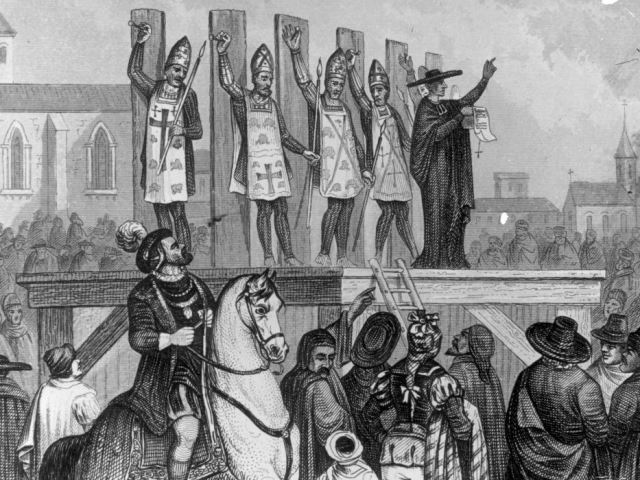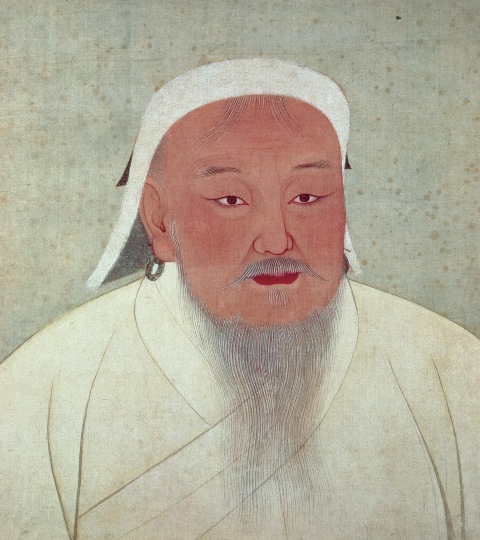Long before COVID-19 came along, the world experienced a ravaging disease breakout that threatened human existence. In the 14th century, a deadly pandemic swept through Europe, leaving a lasting impact on the continent. The Black Death, as it was known, killed millions of people and changed Europe’s social, economic, and political structures.
The aftermath of this catastrophic event brought about significant changes. For example, it led to the collapse of feudalism, the rise of the middle class, and the emergence of new forms of art and culture.
The Black Death forced Europeans to face unprecedented mortality rates and prompted a shift in their perspective of the world. On the bright side, it paved the way for new scientific discoveries and medical advancements. The legacy of this pandemic can still be seen today, shaping how we see diseases and our place in the world.
Stick around as we discuss this infamous pandemic in detail.
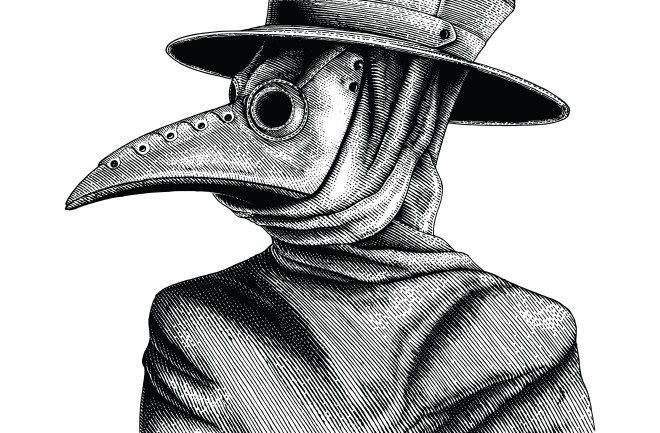
Background on the Black Death
The Black Death, also known as the Bubonic Plague, was a deadly epidemic that swept across Europe in the 14th century. It is estimated to have killed between 75 to 200 million people worldwide, with some regions losing up to 60% of their population.
Furthermore, the Black Death is believed to have originated in China in the 1330s and then spread westwards along the Silk Road trade routes. The disease was caused by the bacterium Yersinia pestis, transmitted through the bites of infected fleas that live on rodents such as rats.
The first recorded outbreak of the Black Death in Europe occurred in the port city of Messina, Sicily, in 1347. It is believed to have arrived on Genoese trading ships from the Black Sea.
Before long, the disease quickly spread throughout Italy and then across the rest of Europe, reaching England by 1348.
The Black Death was characterized by high fever, painful swelling of the lymph nodes, and the appearance of dark patches on the skin. That’s how the disease got its name.
It was highly contagious, and people who contracted the disease often died within days of showing symptoms. At the time, there was no known cure, and medical treatments such as bloodletting and herbal remedies were largely ineffective.
The impact of the Black Death on Europe was devastating. There were high mortality rates which led to a shortage of labor. This, in turn, led to economic and social turmoil. The disease also had profound psychological and cultural effects, shaping people’s attitudes toward death and religion.
Despite its catastrophic impact, the Black Death eventually receded, and Europe eventually recovered. This ushered in the Renaissance era and the emergence of modern European civilization.
Read: Navigating Food Allergies and Intolerances
Spread of the Black Death
The Black Death spread rapidly across Europe in the 14th century, causing one of the deadliest pandemics in human history. The spread of the disease was facilitated by a combination of factors, including population density, trade routes, and poor sanitation.
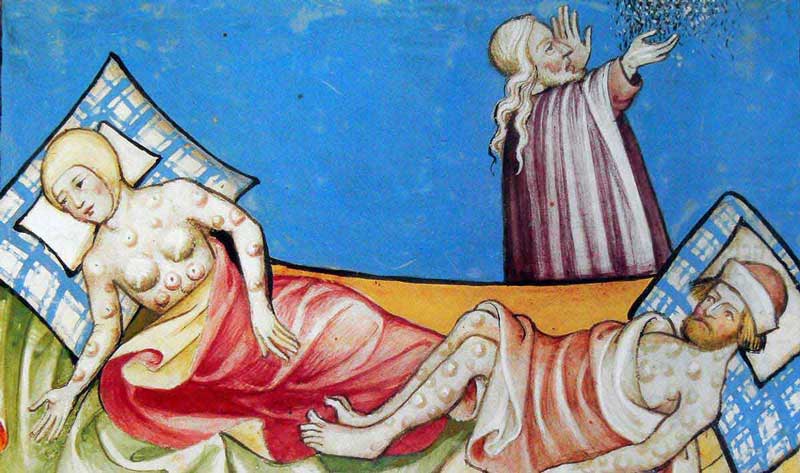
Here are some of the key factors that contributed to the spread of the Black Death:
- Origin and Route of Transmission: The Black Death is believed to have originated in Central Asia and then spread to Europe via trade routes, such as the Silk Road.
- Population Density: The high population density in European cities and towns made it easier for the disease to spread. Crowded living conditions and poor sanitation meant that the disease could spread quickly from person to person.
- Trade Routes: The Black Death was spread along trade routes, as infected rats and fleas were transported on trading ships and caravans. Ports were particularly vulnerable to the disease, as ships from infected areas could easily introduce the disease to new populations.
- Lack of Medical Knowledge: At the time, there was no understanding of the causes or methods of how the disease could be transmitted. Medical treatments were largely ineffective, and there was no known cure for the Black Death.
- Poor Sanitation: Poor sanitation practices, such as the dumping of waste in the streets and the lack of clean water, provided ideal breeding grounds for rats and fleas, which helped to spread the disease.
- Migration: The movement of people from one region to another also contributed to the spread of the disease. Refugees fleeing from infected areas brought the disease with them, spreading it to new populations.
Economic Impact
Here are some of the key economic consequences of the Black Death:

- Labor Shortage: The Black Death led to a significant decline in the population of Europe, which in turn led to a labor shortage. This labor shortage caused wages to increase, as employers had to compete for workers. The rise in wages weakened the power of the feudal lords, who relied on cheap labor to maintain their power.
- Agricultural Decline: The labor shortage also impacted agriculture, as fewer workers were available to tend the crops and livestock. This led to a decline in agricultural production, which in turn caused food prices to rise.
- Disruption of Trade: The Black Death disrupted trade and commerce, as the disease decimated many cities and towns. Trade routes were also impeded as ships and caravans could not travel to infected areas. This led to a decline in international trade and the emergence of local, self-sufficient economies.
- Rise of the Middle Class: The labor shortage caused by the Black Death led to the emergence of a new middle class made up of skilled workers and professionals. The rise of the middle class weakened the power of the feudal lords, who depended on their tenants’ labor.
- Innovation and Technological Advances: There was also a demand for labor-saving technologies and innovations. This led to the development of new technologies, such as the printing press, which revolutionized communication and education.
- The shift in Economic Power: The Black Death led to a shift in economic power, as the rise of the middle class and the decline of the feudal system weakened the power of the traditional ruling elite. This shift in economic power helped to pave the way for the emergence of modern European civilization.
Social Consequences
Put Your Tech Company on the Map!
Get featured on Nicholas Idoko’s Blog for just $50. Showcase your business, boost credibility, and reach a growing audience eager for tech solutions.
Publish NowHere are some of the key social consequences of the Black Death:
- Breakdown of Social Norms: The Black Death caused widespread panic and fear, breaking social norms and institutions. Traditional values and beliefs were challenged, and people turned to extreme behaviors such as anti-Semitic violence.
- Change in Social Structure: The labor shortage caused by the Black Death led to societal restructuring as the traditional feudal system began to break down. The rise of the middle class and the decline of the feudal lords led to a shift in power dynamics and social hierarchy.
- Loss of Community: The Black Death caused the deaths of entire communities, leading to a loss of social cohesion and a breakdown in community structures. Families were destroyed, and entire villages and towns were wiped out, leading to a sense of isolation and despair.
- Rise of Individualism: People focused on their survival and well-being rather than the community. This paved the way for the emergence of the modern individualist ethos that underpins much of Western culture today.
- Changes in Religious Beliefs: The Black Death challenged traditional religious beliefs and practices. People couldn’t understand the widespread suffering and death. This led to new religious movements, such as the Flagellants. These people believed that the plague was a punishment from God and that self-flagellation could help ward off the disease.
- Impact on Art and Literature: The Black Death significantly impacted art and literature, as artists and writers sought to make sense of the widespread suffering and death. The disease inspired new forms of art, such as the Danse Macabre, which depicted the dance of death, and new literary genres, such as plague literature.
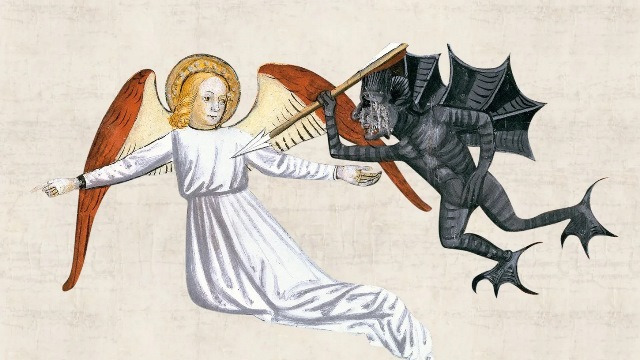
Political Impact
One of the most significant political consequences of the Black Death was the weakening of feudalism. Before the epidemic, the feudal system was Europe’s dominant political and economic structure.
The nobles and the church held most of the power, while peasants, who made up the bulk of the population, were largely powerless and oppressed.
However, the Black Death changed this balance of power by drastically reducing the number of peasants. This led to labor shortages and increased demands for higher wages and better working conditions. As a result, a new class of merchants and tradespeople arose. This group of people was able to take advantage of the labor shortage to gain more economic and political power.
In addition, the Black Death also led to the decline of traditional power structures. With so many people dying, the nobility and the church could not maintain their authority over the surviving population.
The church, in particular, suffered a loss of prestige. More and more people began to question its ability to protect them from disease and death. The political instability that resulted from these changes paved the way for new political systems. For example, monarchies and city-states began to emerge.
Before you go…
Hey, thank you for reading this blog to the end. I hope it was helpful. Let me tell you a little bit about Nicholas Idoko Technologies. We help businesses and companies build an online presence by developing web, mobile, desktop, and blockchain applications.
We also help aspiring software developers and programmers learn the skills they need to have a successful career. Take your first step to becoming a programming boss by joining our Learn To Code academy today!
Be sure to contact us if you need more information or have any questions! We are readily available
[E-Books for Sale]
1,500 AI Applications for Next-Level Growth: Unleash the Potential for Wealth and Innovation
$5.38 • 1,500 AI Applications • 228 pages
Are you ready to tap into the power of Artificial Intelligence without the tech jargon and endless guesswork? This definitive e-book unlocks 1,500 real-world AI strategies that can help you.
See All 1,500 AI Applications of this E-Book
750 Lucrative Business Ideas: Your Ultimate Guide to Thriving in the U.S. Market
$49 • 750 Business Ideas • 109 pages
Unlock 750 profitable business ideas to transform your future. Discover the ultimate guide for aspiring entrepreneurs today!
See All 750 Business Ideas of this E-Book
500 Cutting-Edge Tech Startup Ideas for 2024 & 2025: Innovate, Create, Dominate
$19.99 • 500 Tech Startup Ideas • 62 pages
You will get inspired with 500 innovative tech startup ideas for 2024 and 2025, complete with concise descriptions to help you kickstart your entrepreneurial journey in AI, Blockchain, IoT, Fintech, and AR/VR.
We Design & Develop Websites, Android & iOS Apps
Looking to transform your digital presence? We specialize in creating stunning websites and powerful mobile apps for Android and iOS. Let us bring your vision to life with innovative, tailored solutions!
Get Started Today

